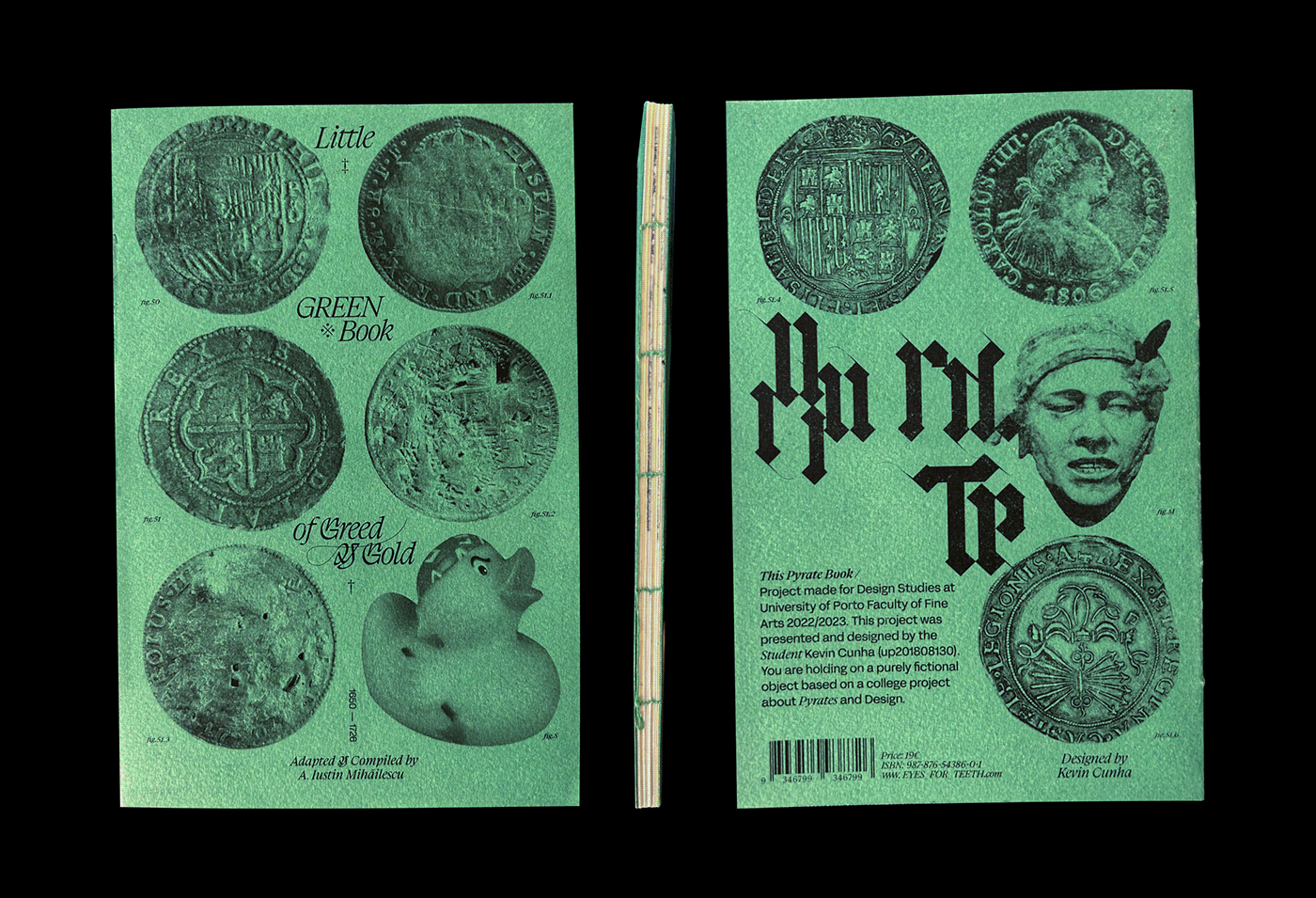
This is the cover of the folder that holds all the recipes, made with a woven hemp 'paper'

this shows the design of my folder to hold all the recipes

this is an example of the layout of my recipe card design

this is how the recipe is to be used in the kitchen
For this project, we were asked to design 10 recipes (all ones that included lemons as an ingredient) onto recipe cards so that they all went together and some type of packaging to hold them not only for storage but also for use in the kitchen.
The first step of this project was to research recipes, including what belongs on a recipe card, what parts of a recipe are the most important, and how to fit the necessary information onto one small card.
From researching, I developed a list of what information needed to be on the card, as well as a hierarchy of information for that list. Through many sketches, iterations, critiques, and tweaking, I arrived at what you now see above, where the title is displayed at the top, the ingredients and directions of equal importance in the middle, and the prep/cook/serve information at the bottom, but not too tiny as to not notice it. I chose the typefaces Garamond and Helvetica because they went together elegantly, and I wanted a sense of elegance to my cards, but also a sense of rustic appeal, which is shown through the packaging.
The packaging took a lot of measuring, testing, and fixing to come together properly. I wanted the recipes to slide out like credit cards in a wallet, because I felt it was the most efficient way to store them, since the folder can just slip between other cookbooks on a bookshelf. However, with just a simple cut in the folder, the cards would just slide down to the bottom; I needed a way to keep the cards in the folder so that they stacked appropriately and could be easily taken out. I considered lining each slot so that each card had a seperate slip to slide into, but decided this would make the folder much bulkier than I wanted with all that extra material. Finally, I thought of adding tabs to the recipe cards themselves, so that they couldn't slide past where they were supposed to. This was the correct solution to my problem, and the end result is seen above.
Another important part of my packaging was making sure that the title of each recipe could be seen without pulling each card out seperately. I had to adjust the layout of the cards so that this problem was solved, but also in a way that when the card was by itself, it was still designed beautifully.
As for using the recipe in the kitchen, I wanted to make sure the recipe was safe from splatter of food while cooking. I solved this problem by adding a clear sleeve to the back of the folder, where the recipe could slip in and out and still be read while keeping it safe. Then, the folder can simply be propped open on a counter so that the recipe can be read while cooking.




